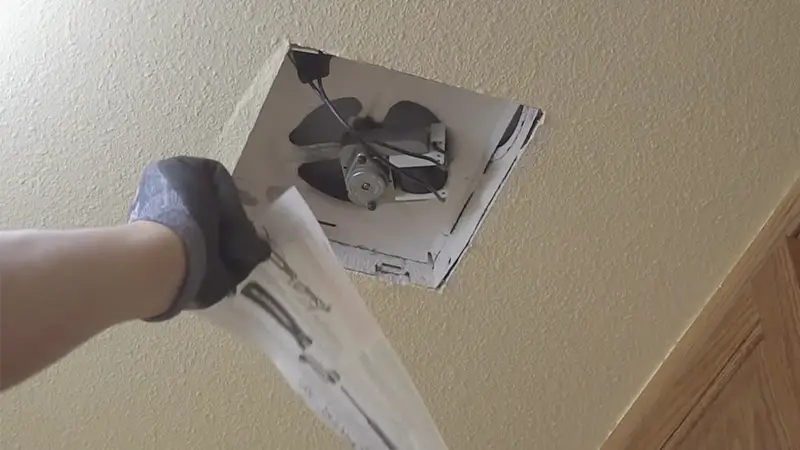Have you ever been relaxing in your home, only to suddenly hear the whirring of your bathroom fan turned on by itself?
It can be a spooky and unsettling experience, leaving you wondering if your house is haunted or if something is wrong with your electrical system.
But before you jump to any conclusions, it’s crucial to investigate the possible causes of this strange phenomenon.
In this article, we’ll explore some of the reasons why your bathroom fan may be turning on by itself and what you can do to fix the problem. So, if you’re ready to get to the bottom of this mysterious occurrence, let’s dive in!
Troubleshooting A Bathroom Fan That Keeps Turning On By Itself
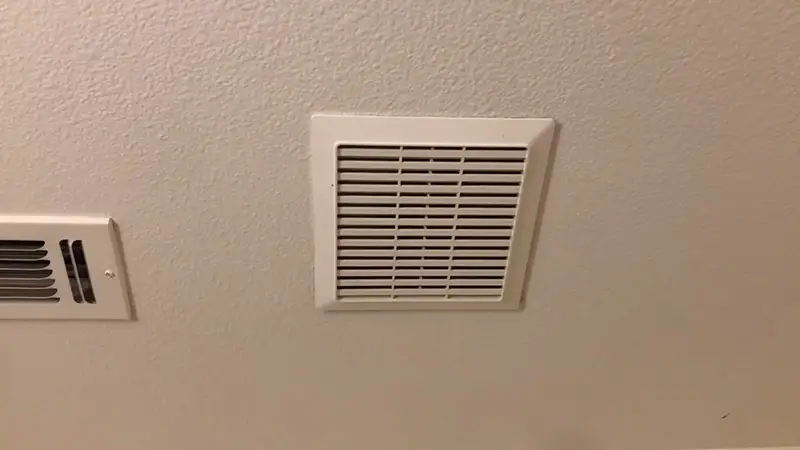
Several bathroom exhaust fans randomly turn on themselves, which can be annoying. This is inconvenient for you in terms of your electricity bill as well.
There are times, however, when a malfunctioning bathroom fan is not the reason. It may be necessary to hire a professional to fix the issue, while at other times, the settings may simply need to be adjusted.
An unattended bathroom fan is usually caused by its connection to a humidity control switch. A set point of humidity must be exceeded to activate it automatically.
Most switches allow you to adjust the humidity setting before they turn on. If there are no windows in the bathroom, most bathroom ceiling fans will turn on with the light while bathing helps vent moisture out of the bathroom.
Your Fan Is Equipped With Humidity Sensor
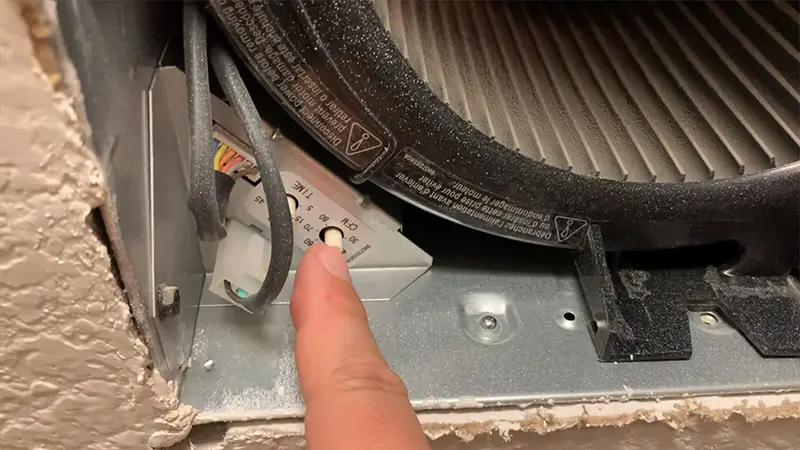
You most likely have an exhaust fan with a humidity sensor, which is why it turns on itself. This sensor is responsible for turning the exhaust fan on and off, giving the impression that it is doing whatever the sensor instructs.
There’s no need to worry because humidity sensors allow you to regulate moisture levels effectively.
A humidity sensor monitors and regulates the humidity levels in a room continuously. The devices indicate an ideal moisture level for a room based on a preset level.
When the humidity level in the bathroom exceeds the preset optimal value, the sensor turns on the exhaust fan automatically. The sensor will again turn off the fan once the humidity level falls below the preset level.
The humidity sensor usually has a setting that lets you adjust the optimal humidity level (fan’s turn-on point) to match your specific climate.
Your Humidity Sensor Is Broken
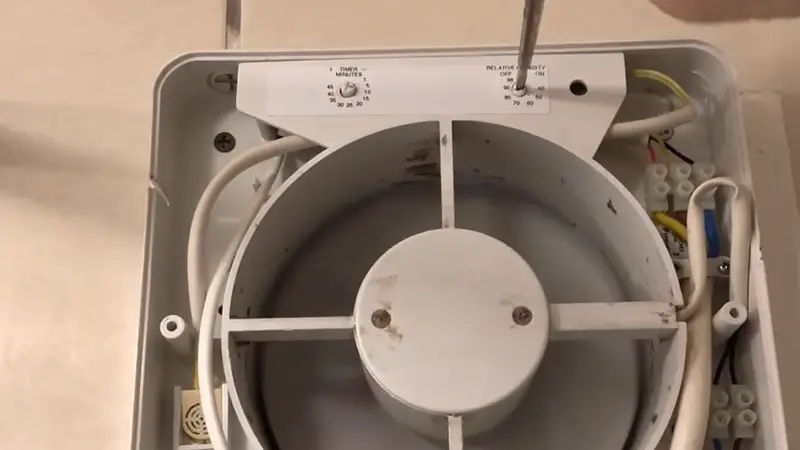
Despite humidity sensors being widely available, not all of them are the same. It is more common for low-quality people to malfunction and last for less than a year.
The sensor system can detect moisture even if the humidity level is well below its set point if it is not functioning correctly. A third option is to keep the fan running continuously or turn it off altogether.
If you want to purchase a humidity sensor, make sure you select one manufactured by a reliable company and a reputable model. There is usually a higher price tag attached to this, but in the long run, it’s worth it.
How To Recognize A Humidity-Sensing Fan?
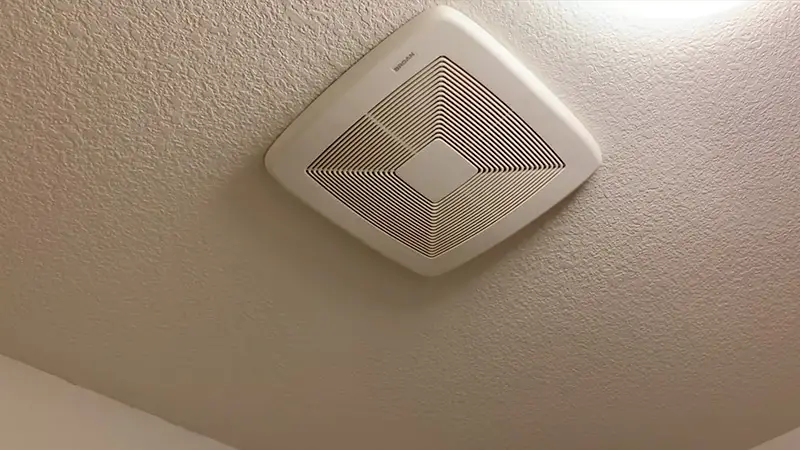
When you can’t find your manual, there are only two other ways to detect whether your exhaust fan has a humidity sensor. This is a relatively simple process, so don’t be worried.
There shouldn’t be any problems noticing a humidity-controlled switch. You will notice that the humidity-controlled switch has a different look and is more significant than your typical light switch.
Furthermore, small vents on the control panel supply airflow so that the humidity sensor can detect it. You may have difficulty detecting a humidity sensor when you don’t have the control switch.
In this case, you will need to remove the grill on the exhaust fan to open it. When you release the fan cover, you will most likely find the humidity sensor in one of the corners.
Adjust The Settings
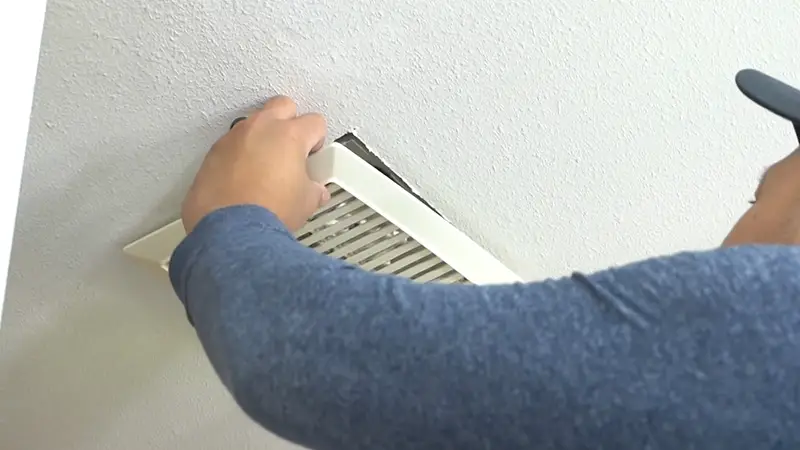
When living in an exceptionally humid climate, humidity sensors can become problematic. Consider a situation in which the air humidity in your area occurs naturally at a higher level than average.
A humidifier will continue running unless you change the preset humidity level to a higher percentage. As well as this, humidity levels vary throughout the year.
A humidistat set for the winter will probably come on way too often in the summer if it has been set in winter when indoor air is relatively dry. It’s a good idea to adjust the humidity setting twice a year so you don’t have to change it too often.
To tailor the fan to your climate and needs, most humidity sensors can be adjusted so that their turn-on point suits your preferences.
The first step is to turn off the power so that you can gain access to your humidity sensor without the threat of electrical shock. You should also ensure the bathroom humidity is normal (i.e., do not do this after showering).
This can be found either in the humidistat’s control panel on your wall or directly in the exhaust fan. You must either remove the humidity control panel faceplate or the fan grill from the housing to access the humidity control panel.
By gaining access to the sensor, you can set your new turn-on point to the values you want for the air humidity percentage.
Depending on the manufacturer and model, there will be a range of settings. Each humidity sensor will look slightly different since some allow some kinds of adjustments, such as adjusting the sensitivity of the fan or setting a timer.
Can the Sensor Be Disabled?
Some exhaust fans allow you to disable the humidity sensor altogether and instead operate on manual operation, regular timers, or air cycle modes, which cycle on a repeating (usually hourly) rhythm.
The settings for this control panel can either be accessed by their own button or by removing the control panel’s cover and finding them beneath the humidity switch.
When you set your bathroom fan to the manual, you should let it run for a sufficient amount of time after you finish showering to ensure moisture is removed from the air and doesn’t settle in the space.
If neither of these three options is available on the exhaust fan, bypassing the sensor is likely to be impossible. Because of the different wiring of the fan units, this occurs. Therefore, disabling the sensor without disabling the fan is impossible.
Your Regular Bathroom Fan Is Faulty
These are the most common causes of a fan that doesn’t seem to run as programmed or if you don’t have a humidity sensor.
Power Fluctuation
During a power outage, some exhaust fans automatically start up. There is a possibility you may need to look into this issue if you often experience power fluctuations in your home.
Incorrect Wiring
Generally, you will hear the fan making a noise when switched off if there is a problem with the wiring. If the fan is not connected correctly or loosely, then it will malfunction. The wiring in your home may need to be replaced or fixed.
The best solution for this type of work would be to leave it to a professional electrician. Be sure to turn off the power and use a voltage tester before performing any work on the wiring.
Faulty Switch
Your fan could always run if your switch is malfunctioning, so the circuit always remains open.
Another possibility is that the switch mechanism can jam, preventing the switch from always having enough contact to switch on and off but letting it “choose” when it has enough contact.
Therefore, your fan would appear to be turning on or off by itself. The electrical problems that an experienced electrician can quickly deal with are faulty switches and improper wiring.
Blocked Vent
An exhaust fan that works appropriately should be adequately maintained. It is likely that you are already aware of the fact that a dirty fan can cause the motor to slow down or even malfunction.
Likewise, checking that the venting channel (whether it leads to the outside through ducting or directly from the fan) isn’t blocked is imperative.
When the fan vents directly outside, it could quickly become blocked with fluff or other stuff. A fan with excessive moisture could suffer from electronic problems if the moisture stays inside.
A thorough clean-up is the only thing that can prevent or resolve this issue.
Final Words
You should call an expert if you’ve tried all the above and your fan is still running constantly. You’ll get help diagnosing the problem and figuring out how to fix it using their advice.
Furthermore, if your fan still has a warranty, you may be able to get it fixed for free. You should keep your receipt and user manual if you need to use your warranty.

